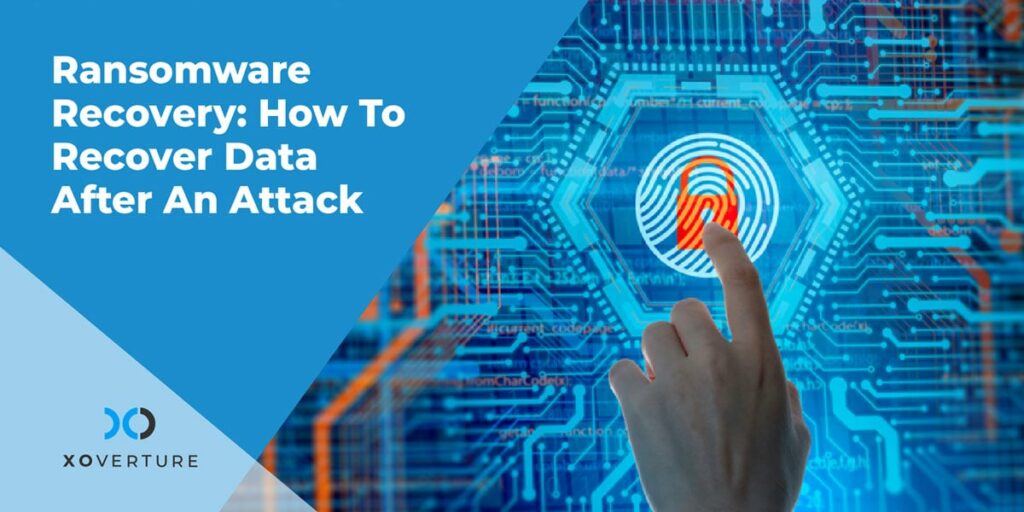Advances in technology make businesses more efficient and productive. Just look at Google Glass.
Ok, bad example. But consider all the different ways newer, more practical technologies help us be more productive and effective at work. Fast PCs and other devices let us spend more time getting things done and less time staring at loading screens. Same with faster internet.
Advances Aren’t Always Good
At the same time, advances in technology can have downsides, too, and we don’t just mean Skynet or Singularity or the antisocial effects of everyone always having their noses in their phones.
More things like industrial machinery and security cameras being digitized and added to a network or cloud means more targets for hackers, and more data for them to steal, sabotage, or hold hostage. It also means more advanced techniques and tools for hackers.
Ahhh! Technology!
Plus, in the rush of technology companies to innovate and release Minimum Viable Products, security can sometimes get shortchanged. Zoom, for example, was famously criticized for its lack of security at the same time it became the teleconferencing tool of choice at the start of the coronavirus pandemic.
And that $20 HD security camera you bought to protect your house? Perhaps the reason it was so cheap was because the manufacturer didn’t spend much time testing and patching up its security holes.
To protect your business from emerging threats like these, you need first to know what they are. Let’s take a look at the ones we think pose the biggest risk.
Top Emerging Cyber Security Risks
1. Cryptojacking
Cryptojacking is the exploitation of weaknesses in company systems to mine for cryptocurrency. It’s similar to ransomware, but more sophisticated. Businesses whose systems lack backups or network segmentation are especially vulnerable to this threat. One thing to keep in mind about cryptojacking is that it’s indiscriminate when it comes to size, meaning that businesses of any scale are at risk.
2. Internet of Things (IoT) Vulnerabilities
IoT connected devices like security cameras and smart container ships are being installed like crazy everywhere from offices to homes. According to Security Today, global spending on IoT should reach $1.29 trillion in 2020 with a total of 31 billion IoT devices installed.
Many companies neglect to put together a comprehensive plan for keeping these devices updated and protected. These devices are prone to be used as “botnets” or as vulnerable mini-PCs that hackers can easily get access to.
Lags in updates on IoT devices like these can leave them open to attack as their outdated software becomes vulnerable. In 2016, three teenagers created a botnet-control software program that hacked more than 100,000 webcams and other devices just to gain an advantage over other players in Minecraft. This hack caused interrupted connections among PayPal, Amazon, and Netflix customers in the East Coast.
3. Cross-Site Scripting
Cross-site scripting, or XSS attacks, lets hackers hijack websites to inject harmful code into people’s browsers. Cybercriminals can use this technique to steal users’ credentials.
These attacks are happening more frequently as upwards of 21% of problems identified by bug bounty are XSS in nature.
4. The Security Breach Is Coming…From Inside Your House!!
Corporate espionage has been growing over the years as more companies have seen data stolen by personnel and traded to competitors. These threats can be both some of the easiest and most difficult problems to control.
Not all insider threats are deliberate, however. Many employees are liable to trigger damages by accident. This can happen when personnel fall for phishing scams, open infected links, or catch a virus from something shared on social media. These incidents can be avoided altogether by properly training employees in basic cybersecurity practices.
5. Mobile-geddon
Some of the common mobile threats include:
- Mobile malware
- Data leakage
- Connection to insecure Wi-Fi networks (4% of mobile devices have suffered from “Man-in-the-Middle” attacks that allow hackers to intercept your information)
With more phones being targeted, it’s essential for companies to take preventative action. Two of the best courses of action are to deploy antivirus on your company-owned mobile devices or to use mobile device management (MDM) software.
6. The Old-Fashioned Data Breach
A data breach is a businesses’ worst nightmare. These attacks can cripple an entire organization. Not only can vast amounts of money be stolen, but a data breach can also take something more valuable, information. The information lost in such an attack can range from trade secrets to customer information.
When customer information is stolen, it can lead to a spiral of costly damages. In the worst cases, it can leave the company liable for mismanaging customer data. Domestic firms should keep in mind that data breaches in the United States have the highest average cost in damages. A breach of 1 million records costs $40 million while a breach of 50 million costs $350 million on average (though obviously these numbers are skewed a bit by large corporations; if you’re a smaller business you can probably only dream of spending tens of millions on recovering from a data breach or anything else right now).
Stay Safe with Cyber Security Risk Protection Services
When it comes to staying safe and getting the most out of cyber security, go with XO. Our expertise and quality of service make us the premier choice in managed IT services, especially when it comes to cyber security.




